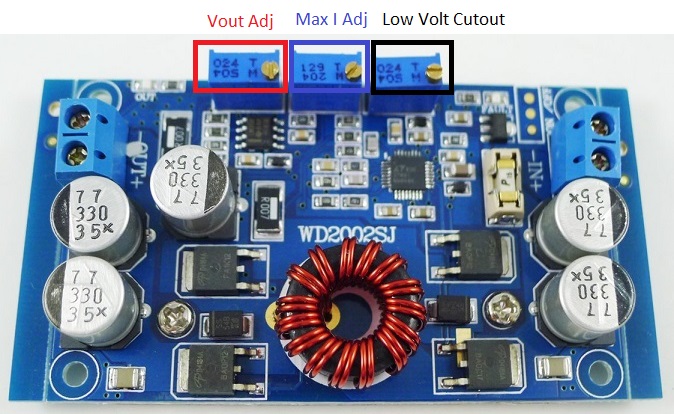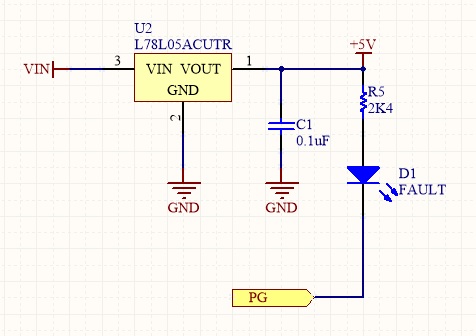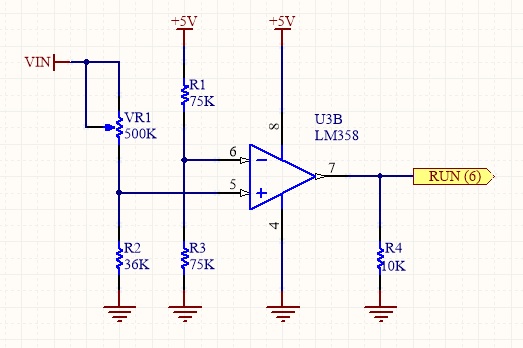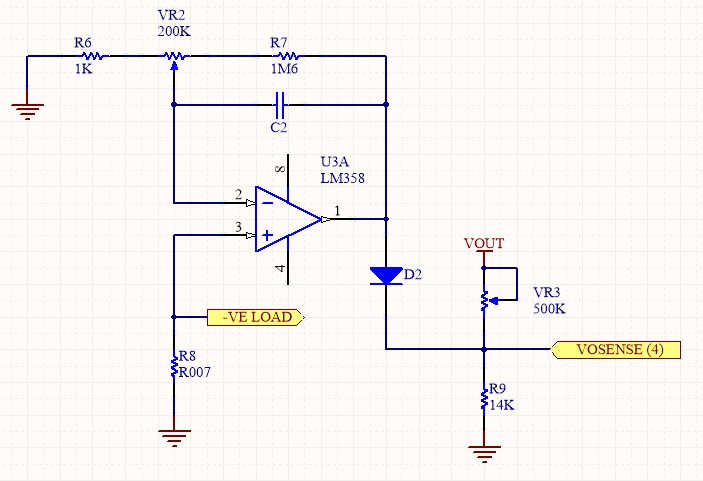LTC3780 High Efficiency, Synchronous Buck Boost DC-DC Converter
Prevalent on ebay and Amazon is the "LTC3780 Automatic lifting pressure constant voltage step up step down 10A 130W" DC to DC Converter. (What a mouthful)
I'm not quite sure what the "Automatic lifting pressure" is about (suspect Chinglish), but it is a fairly well designed DC-DC switcher based on Linear's LTC3780 - High Efficiency, Synchronous, 4-Switch Buck-Boost Controller. The board sells for a bargain basement price of about $20 to $25 USD.

My interest in this DC-DC switcher is to operate 19VDC laptops/notebooks and LCD TVs from 12V batteries/solar.
I took the plunge and purchased two units. Here are the specifications:
- Input Voltage: 5-32V DC.
- Output Voltage: 1-30V DC via trimpot.
- Output Current: 10A maximum, 7A continuous.
- Output Power: 80W continuous, peak 130W.
- Input Fused: 15A; removable SMD fuse.
- Short Circuit Protected.
- Low Voltage Disconnect.
- Size 77.6 (if snapped at V-Groove) x 46.5 x 15mm.
You will notice there are three trimpots and an absence of documentation. Well that's not quite true, I did find the product datasheet if you can read Chinese.
Upon delivery, it was evident one unit was touched up on the production line. There was residual flux around the LTC3780, and in the process of touching up the joints, one of the trimpots were inadvertently burnt.
Pushing ahead, the next task was to connect the new arrivals to a bench power supply and DC load and put them through their paces.
During testing of the adjustable current limiting, I fried one of the boards. No output, just the red fault LED steadily illuminated. Whoops.
The next stage was to investigate the cause. In doing so, I sketched out the following schematics of the supervisory components of the DC-DC switcher.
Supervisory Circuit Operation
The low voltage disconnect/cut-off and adjustable current limit is controlled by a commodity LM358 Dual Operational Amplifier running from a 5 volt rail generated by a LM7805 linear regulator.

The red Fault LED is connected to the LTC3780 power good (PG) output. According to the LTC3780 data sheet, the PG output is pulled low when the output voltage is outside +/- 7.5% of the regulation point.

The low voltage disconnect/cut-off consists of a comparator circuit connected to the run pin of the LTC3780. When 'run' is below 1.5V, the LTC3780 shuts down. The data sheet warns not to apply greater than 6V to this pin.
The LM358's output is not rail to rail. At best, according to the data sheet, the maximum output is VCC - 1.5V. In normal operation Vout/run sits at about 3.6V.
The VIN voltage divider is compared to a 2.5V reference. The VIN voltage divider, consisting of a 500k trimmer and 36K resistor allows a low voltage cutout in the range of 2.5V to 37V, exceeding both the minimum and maximum input voltage. There appears to be no hysteresis and this is evident in testing.

VR3 and R9 makes up the external voltage divider for the error amplifier feedback input. The LTC3780 will adjust the output to ensure the voltage on VOsense is 0.800V. VOut can be calculated by 0.8V * (1 + R2/R1). The 500k trimmer and 14k resistor gives an output voltage range of 0.8V to 29V.
The adjustable over current protection consists of a non-inverting amplifier that pulls VOsense above 0.8V in the event of an over current condition. This causes the LTC3780 to back off, dropping the output voltage.
The non-inverting amplifier has a gain of 9 to 1801. With a 7mOhm current shunt, and ignoring the forward voltage drop of the diode, a range of 70mA to 13A can be expected. In practice, the minimum current sense is about 160mA.
Fault finding
On my now faulty unit, the 5V supply rail was reading 8.95V. Worst still, I had 7V feeding the run pin when the chip manufacturer warned not to exceed 6V.
My first thought was the LM358 was causing this. Removal of the part, confirmed this, and my 5V rail returned back to a more comfortable 5V.
But still no go. Looking at the data sheet, the LTC3780 has an internal 100k pull down resistor on the run pin, plus the board has a 10k to ground, both working to disable the switcher. I proceeded to solder a 10k resistor (only needed to bring run over 1.5V) between pins 7 and 8 where the LM358 once lived.
The run pin was now at 2.5V, but no go. It was now almost certain that exceeding 6V fried the run pin. I placed a new LTC3780IUH#PBF on order.
Once the new LTC3780 arrived, using hot air, I swapped it over and with my 'run' pull-up resistor still fitted, my board sprung to life. I've since soldered a 0603 resistor between pads 7 and 8 where the LM358 once stood.